Mission type Satellite deployment SATCAT no. 15823 Period 1.5 hours Dates 17 Jun 1985 – 24 Jun 1985 Landing date 24 June 1985 | COSPAR ID 1985-048A Orbits completed 112 Apogee 354,900 m Launch date 17 June 1985 | |
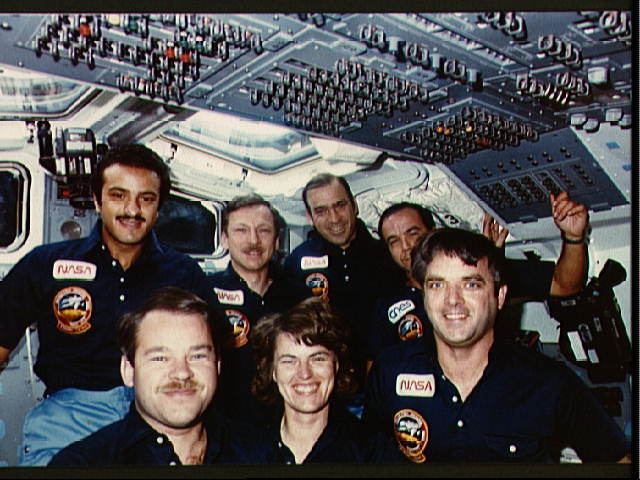 | ||
Mission duration 7 days, 1 hour, 38 minutes, 52 seconds Distance travelled 4,693,051 kilometres (2,916,127 mi) Members Daniel Brandenstein, John Oliver Creighton | ||
STS-51-G was the eighteenth flight of NASA's Space Shuttle program, and the fifth flight of Space Shuttle Discovery. The seven-day mission launched from Kennedy Space Center, Florida, on June 17, 1985, and landed at Edwards Air Force Base, California, on June 24. Sultan Salman Al Saud of Saudi Arabia was on board as a payload specialist; Al Saud became the first Arab, the first Muslim, and the first member of a royal family to fly into space. It was also the first Space Shuttle mission which flew without at least one astronaut from the pre-Shuttle era among its crew.
Contents

Mission summary
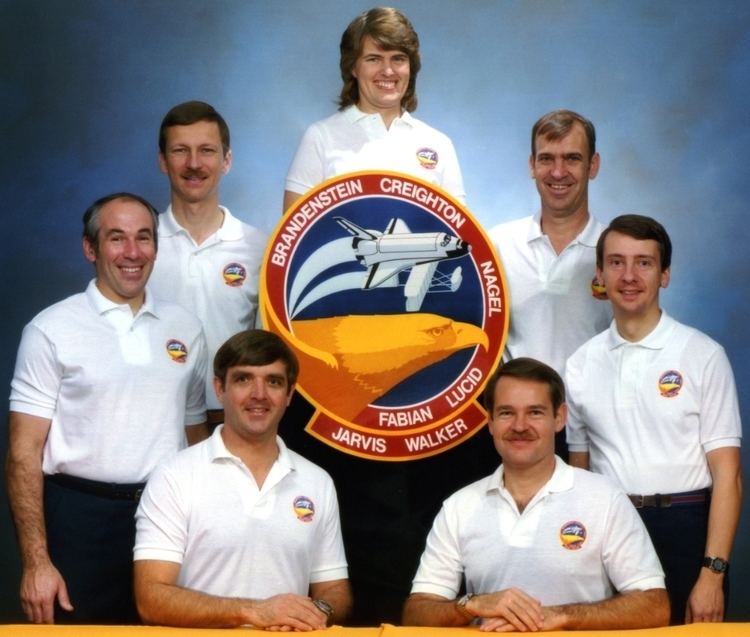
Discovery lifted off from Pad A, Launch Complex 39, Kennedy Space Center (KSC), at 7:33 am EDT on June 17, 1985. The mission's crew members included Daniel C. Brandenstein, commander; John O. Creighton, pilot; Shannon W. Lucid, Steven R. Nagel, and John M. Fabian, mission specialists; and Patrick Baudry, of France, and Prince Sultan Salman Al Saud, of Saudi Arabia, both payload specialists.
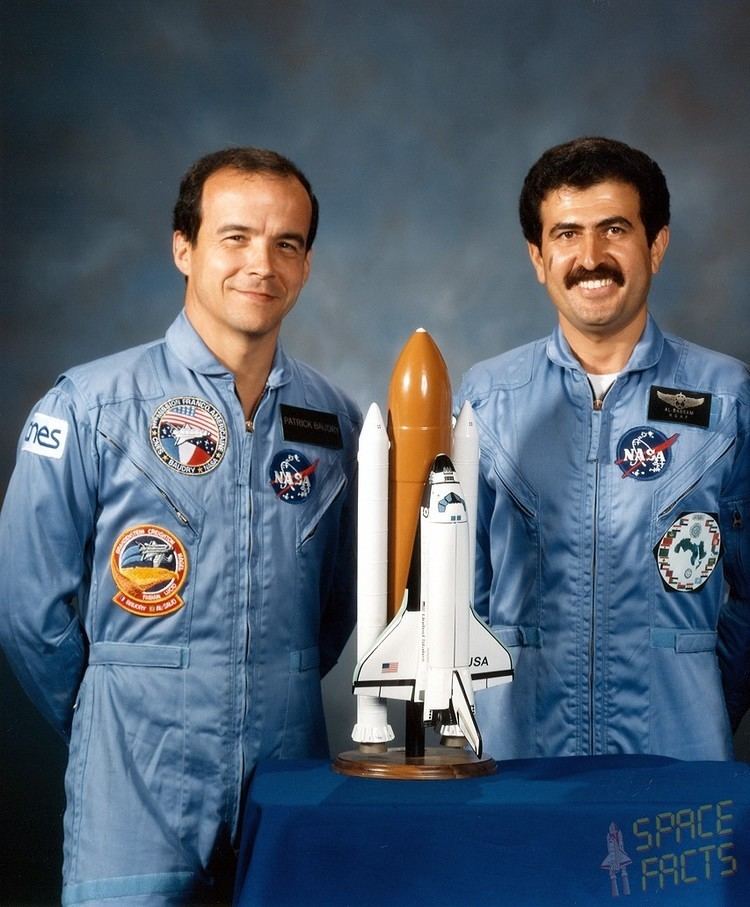
STS-51-G carried three communications satellites as its primary cargo. These were Arabsat-1B (Arab Satellite Communications Organization); Morelos I (Mexico); and Telstar 3D (AT&T Corporation). All three successfully utilized PAM-D booster stages to achieve geosynchronous transfer orbits after being deployed from Discovery.
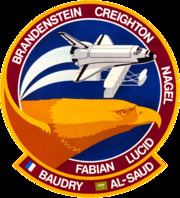
Also carried was the Spartan 1 carrier module, designed to be deployed from the orbiter and fly free in space before being retrieved. Spartan 1 included 140 kilograms (300 lb) of astronomy experiments. It was deployed and operated successfully, independent of the orbiter, before being retrieved. Discovery furthermore carried an experimental materials-processing furnace, several French biomedical experiments, and six Getaway Special experiments, which were all successfully performed, although the GO34 Getaway Special shut down prematurely.
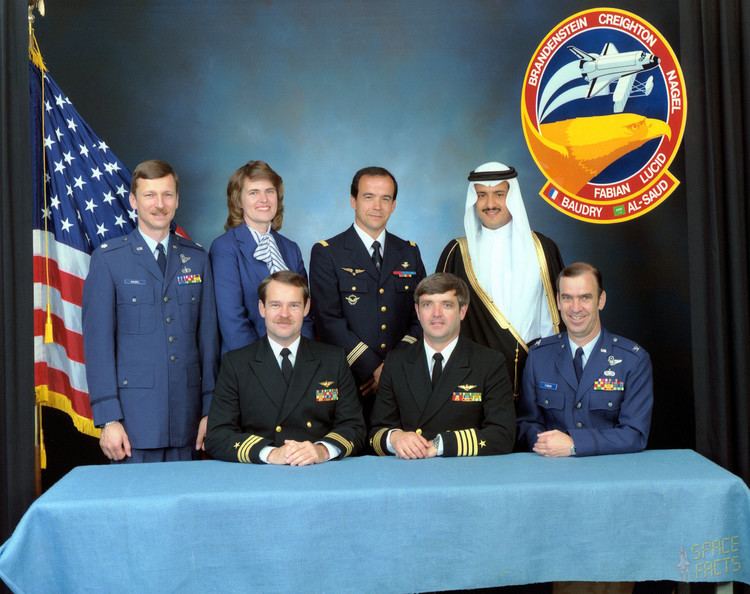
The mission's final payload element was a High Precision Tracking Experiment (HPTE) for the Strategic Defense Initiative (nicknamed "Star Wars"); the HPTE failed to deploy properly during its first try on the mission's 37th orbit, because the orbiter was not at the correct attitude. It was successfully deployed on orbit 64.
Discovery landed at Edwards Air Force Base at 9:12 am EDT on June 24, 1985, after a mission duration of 7 days, one hour, 38 minutes and 52 seconds.
Wake-up calls
NASA began a tradition of playing music to astronauts during the Gemini program, and first used music to wake up a flight crew during Apollo 15. Each track is specially chosen, often by the astronauts' families, and usually has a special meaning to an individual member of the crew, or is applicable to their daily activities.
